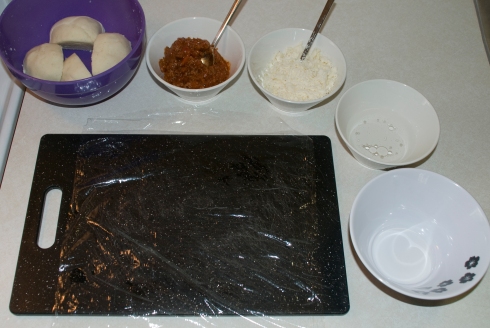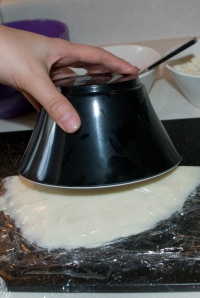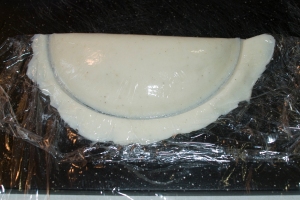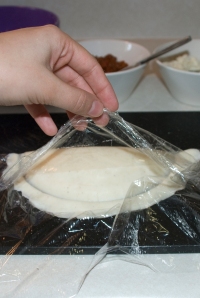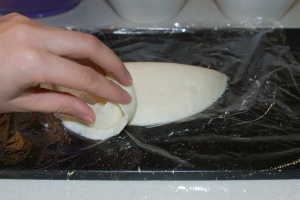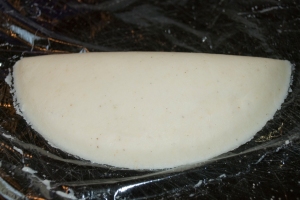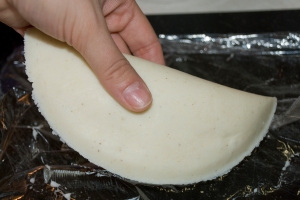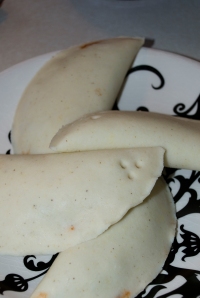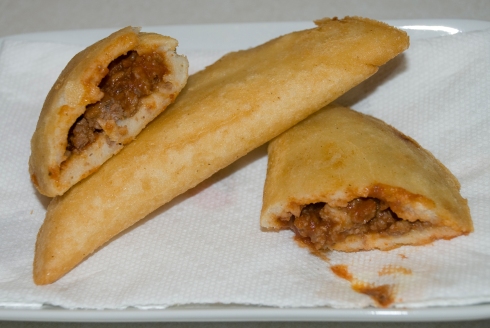From top left to right: Corn bread, Corn Pie, Tortilla chips. From bottom left to right: Tequila, Tacos, Churros
When we visit restaurants like TGI Friday's, Bootleggers, and other popular restaurants in Trinidad and Tobago, Quesadillas is a must on the menu. Quesadillas, along with the flour or corn tortilla wraps used to make them, are Mexican.
What is a corn tortilla?
In Mexico, a tortilla is a type of thin, unleavened flat bread, made from finely ground corn . In Mexico, there are three colors of corn dough for making tortillas: white corn, yellow corn and blue corn.
Th tortilla got its name by the Spanish due to its resemblance to the traditional Spanish round, unleavened cakes and omelettes (originally made without potatoes, which are native to South America). The white and yellow corn tortillas are the most common tortilla wraps sold worldwide. To the right is a picture of the most popular brand, Poco Loco, of Tortilla wraps in HiLo Food Stores in Trinidad.
Here's a quesadilla recipe you can make using these Tortilla wraps.
Chicken Quesadillas
Ingredients:
- 1 cup shredded Monterey Jack cheese (about 2 ounces)
- 1 cup shredded sharp cheddar cheese (about 2 ounces)
- 4 (10-inch) flour tortillas
- 1 1/2 cups shredded, cooked chicken (about 8 ounces)
- 2 tablespoons coarsely chopped fresh shadon beni
- Guacamole, for serving (optional)
- Salsa, for serving (optional)
- Sour cream, for serving (optional)
Method
- Combine the cheeses in a medium bowl.
- Heat a large frying pan over medium heat until hot, about 3 minutes. Place a tortilla in the pan and sprinkle with half of the chicken, half of the shadon beni, and and half of the cheese mixture. Top with a second tortilla and cook until the underside of the bottom tortilla is golden brown in several spots and half of the cheese is melted, about 3 minutes. Using a spatula, carefully flip the quesadilla over and cook until the underside of the second tortilla is crisp and golden brown in several spots and all of the cheese is melted, about 2 to 3 minutes more.
- Slide the quesadilla from the pan onto a cutting board and cut into wedges. Repeat with the remaining ingredients to make a second quesadilla. Serve topped with guacamole, salsa, and sour cream, if desired.


